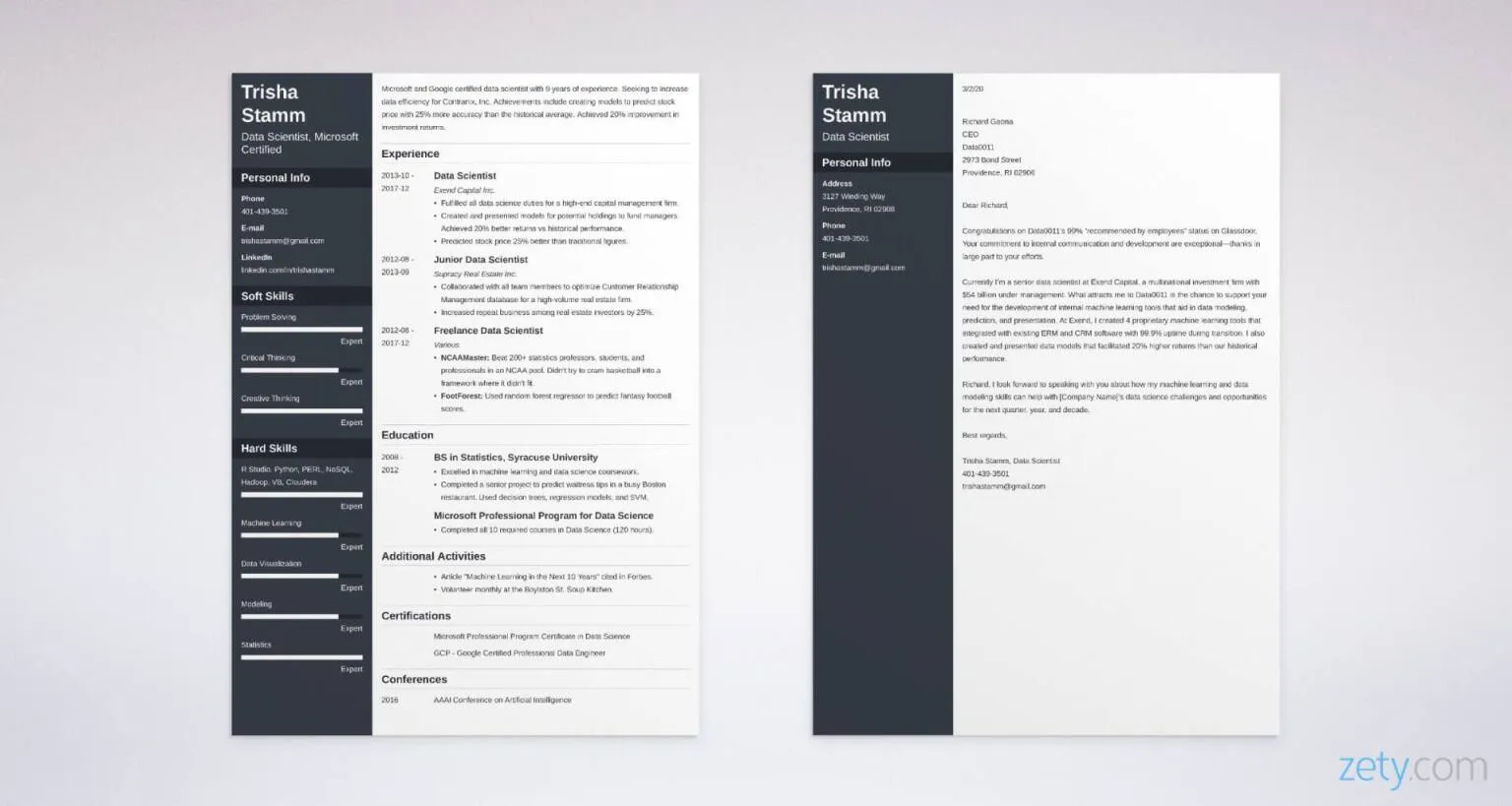Data Scientist Cover Letter Entry Level Overview
Landing your first data scientist role requires a compelling cover letter that showcases your potential and aligns with the specific job requirements. Unlike experienced professionals, entry-level candidates often lack extensive work history, making the cover letter even more crucial. It’s your opportunity to demonstrate your understanding of the role and highlight your ability to contribute to the company, even without years of experience. This guide provides a comprehensive approach to crafting an effective cover letter, focusing on key elements that help you stand out. Whether you’re a recent graduate, career changer, or self-taught data enthusiast, this guide will help you present your best self to potential employers. Remember, the goal is not just to present your qualifications but to communicate your passion for data science and eagerness to learn and grow within the field. Focus on what you can do and your enthusiasm for the opportunity.
Research the Data Science Role
Before you start writing, deeply research the specific data science role and the company. Thoroughly understand the job description, noting required skills, technologies, and responsibilities. Visit the company’s website, explore LinkedIn profiles of employees, and read recent news articles to understand their current projects, values, and culture. This research helps you tailor your cover letter, demonstrating that you understand their needs and can address them effectively. Mentioning specific projects or initiatives that resonate with the company’s mission shows you’ve taken the initiative to go above and beyond the basic application requirements. This research demonstrates your interest and proactive approach to the opportunity. This preparation allows you to create a more targeted and compelling cover letter.
Highlight Relevant Skills and Experience
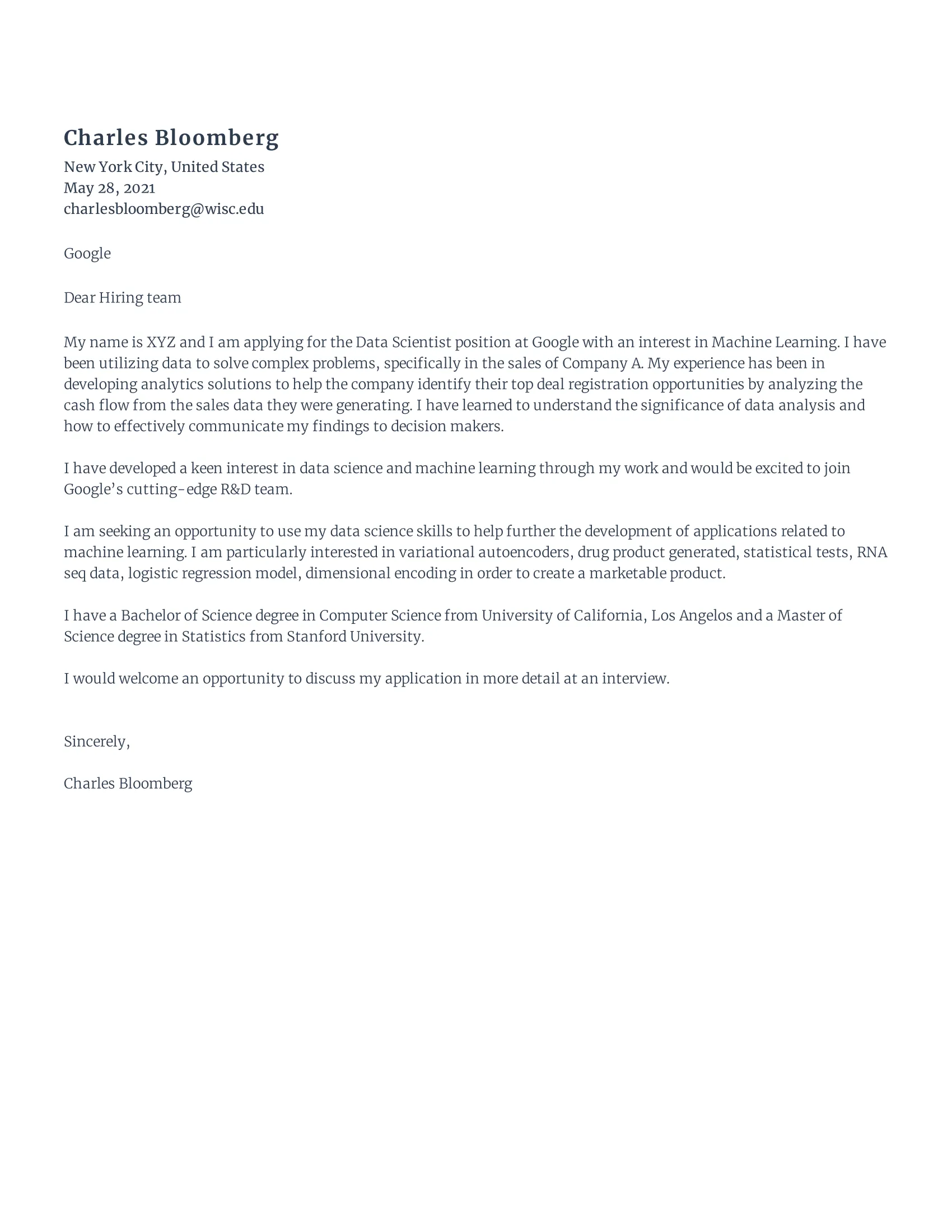
Even with limited experience, focus on any relevant skills and experiences. This may include academic projects, internships, personal projects, or coursework. Carefully examine the job description and highlight skills mentioned there. If the job requires experience with Python and you’ve used it in a project, make that a focal point. Detail the project’s objectives, your role, and the results you achieved. If you’re transitioning from another field, identify transferable skills such as problem-solving, analytical thinking, and communication. If you have a portfolio, mention it and highlight the relevant projects demonstrating your abilities. Quantify your accomplishments whenever possible. For instance, if you improved efficiency in a project, state the percentage improvement.
Technical Skills to Include
When listing technical skills, be specific and detailed. Instead of saying ‘programming,’ list the languages you know (Python, R, SQL). Specify any data analysis tools or libraries you’re familiar with (Pandas, NumPy, Scikit-learn). Mention any experience with data visualization tools (Tableau, Power BI) or big data technologies (Spark, Hadoop). If you have a GitHub repository or portfolio, provide a link and highlight the projects most relevant to the target role. This gives the hiring manager concrete examples of your abilities. Prioritize the skills that directly align with the job description. A targeted approach makes your application stand out.
Soft Skills to Emphasize
Data science roles heavily depend on soft skills in addition to technical expertise. Highlight skills like critical thinking, problem-solving, communication, teamwork, and attention to detail. Explain how you’ve applied these skills in past projects or academic settings. For example, if you worked on a group project, describe how you collaborated effectively, resolved conflicts, or communicated your findings. If the job description emphasizes communication skills, provide specific examples of how you presented complex data findings in a clear and concise manner. Soft skills are essential for effective collaboration and explaining technical findings to non-technical stakeholders. Highlighting these skills makes your application more compelling and demonstrates your ability to thrive in a team environment.
Quantify Accomplishments
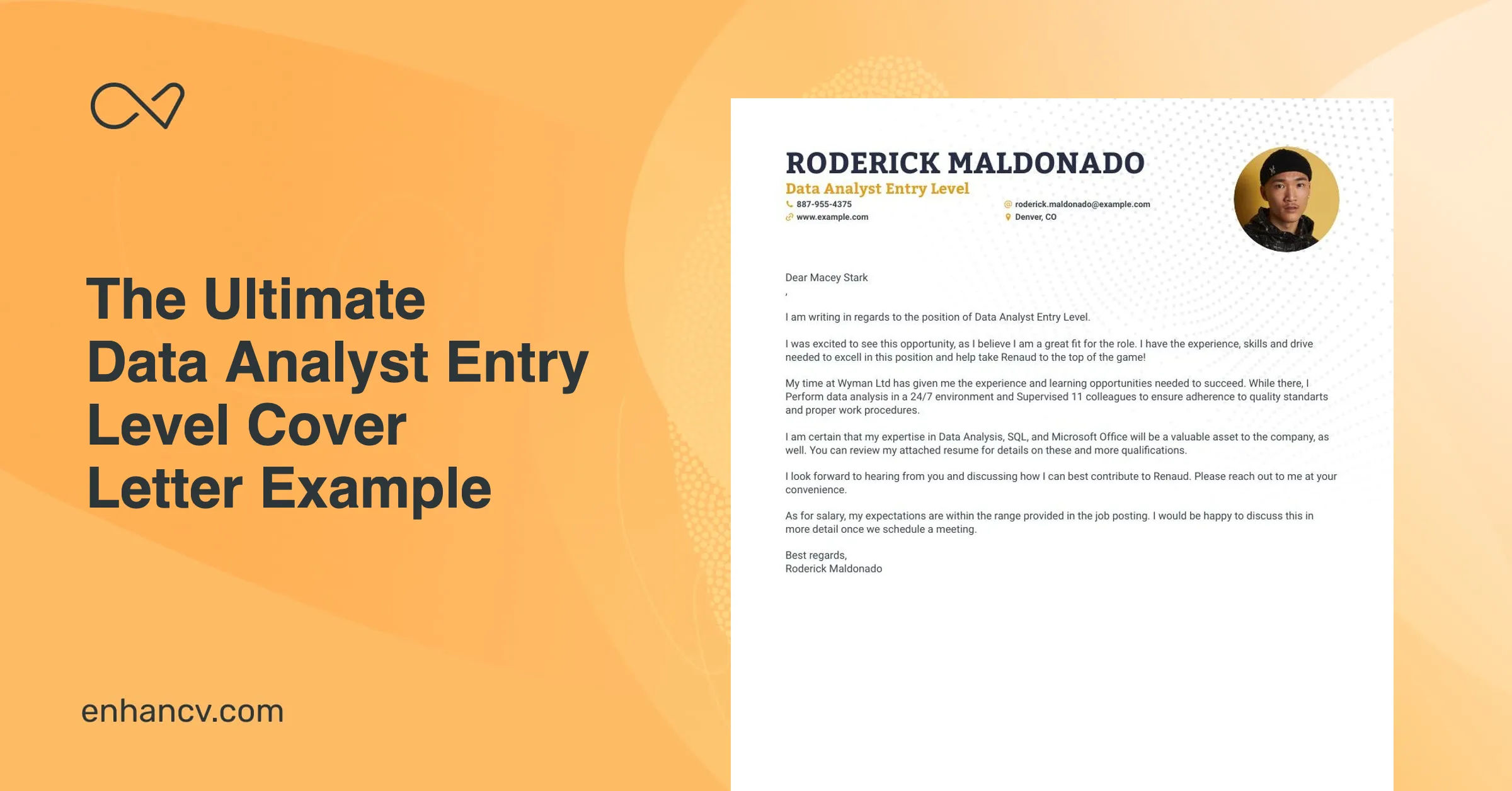
Whenever possible, quantify your achievements. Instead of saying you improved a process, state by how much. Use numbers and metrics to demonstrate the impact of your work. For example, “Improved data processing efficiency by 20%” or “Developed a model that achieved 85% accuracy.” Even in entry-level projects, you can often quantify your results. This demonstrates your ability to measure and evaluate the effectiveness of your work. Quantifiable results make your application more impactful, showcasing your ability to produce tangible results and contribute to the team’s goals. This concrete demonstration of your skills will impress the hiring manager.
Use Action Verbs
Start each bullet point or description with strong action verbs. This makes your cover letter dynamic and engaging. Examples include “developed,” “analyzed,” “implemented,” “designed,” “optimized,” “collaborated,” “led,” and “managed.” Action verbs clearly show what you did and how you contributed to past projects or experiences. Avoid passive language; use active verbs to describe your role and contributions. This helps your cover letter stand out and emphasizes your abilities. Strong action verbs will add impact, making your cover letter more engaging and demonstrating your ability to take initiative and produce results.
Tailor to the Job Description
Customize your cover letter for each job application. Generic cover letters rarely impress hiring managers. Use keywords and phrases from the job description to show you understand what the company is looking for. Address the specific requirements and demonstrate how your skills and experience align with the role’s needs. If the job emphasizes specific tools or methodologies, make sure you mention your experience with them. Tailoring your cover letter shows you’re serious about the position and have the relevant skills. This targeted approach demonstrates you’ve invested time and effort in understanding the specific needs of the role and the company, increasing your chances of success. Always personalize your application to reflect the unique aspects of the job.
Address the Hiring Manager
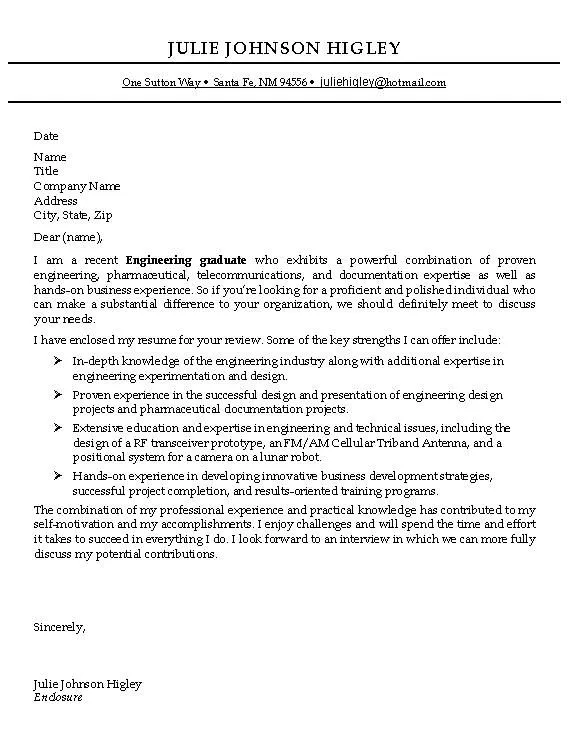
If possible, address your cover letter to the hiring manager or the specific person listed in the job posting. Researching the hiring manager’s name can make your application more personal and demonstrate your attention to detail. If you cannot find a specific name, use a professional greeting like ‘Dear Hiring Manager.’ Avoid generic greetings such as ‘To Whom It May Concern.’ Addressing the hiring manager by name indicates you’ve done your research and are taking the application process seriously. This detail can help you make a positive first impression and shows your dedication.
Formatting Your Cover Letter
Proper formatting is crucial for making your cover letter easy to read and professional. Use a clear, readable font like Arial, Calibri, or Times New Roman. Keep the font size between 10 and 12 points. Use single-spacing within paragraphs and double-spacing between paragraphs. Keep the letter concise, ideally no more than one page. Use bullet points and concise paragraphs to break up the text and make it easier to scan. The overall design should be clean and uncluttered. A well-formatted cover letter demonstrates attention to detail and a commitment to professionalism. Careful formatting will make your letter easier for the hiring manager to read and increases your chances of making a good impression.
Key Sections of Your Cover Letter
A standard cover letter includes several key sections, each serving a specific purpose. Understanding the structure helps you organize your thoughts effectively and present your qualifications in a logical manner. Each section plays a key role in showcasing your value and suitability for the role.
Header and Contact Information
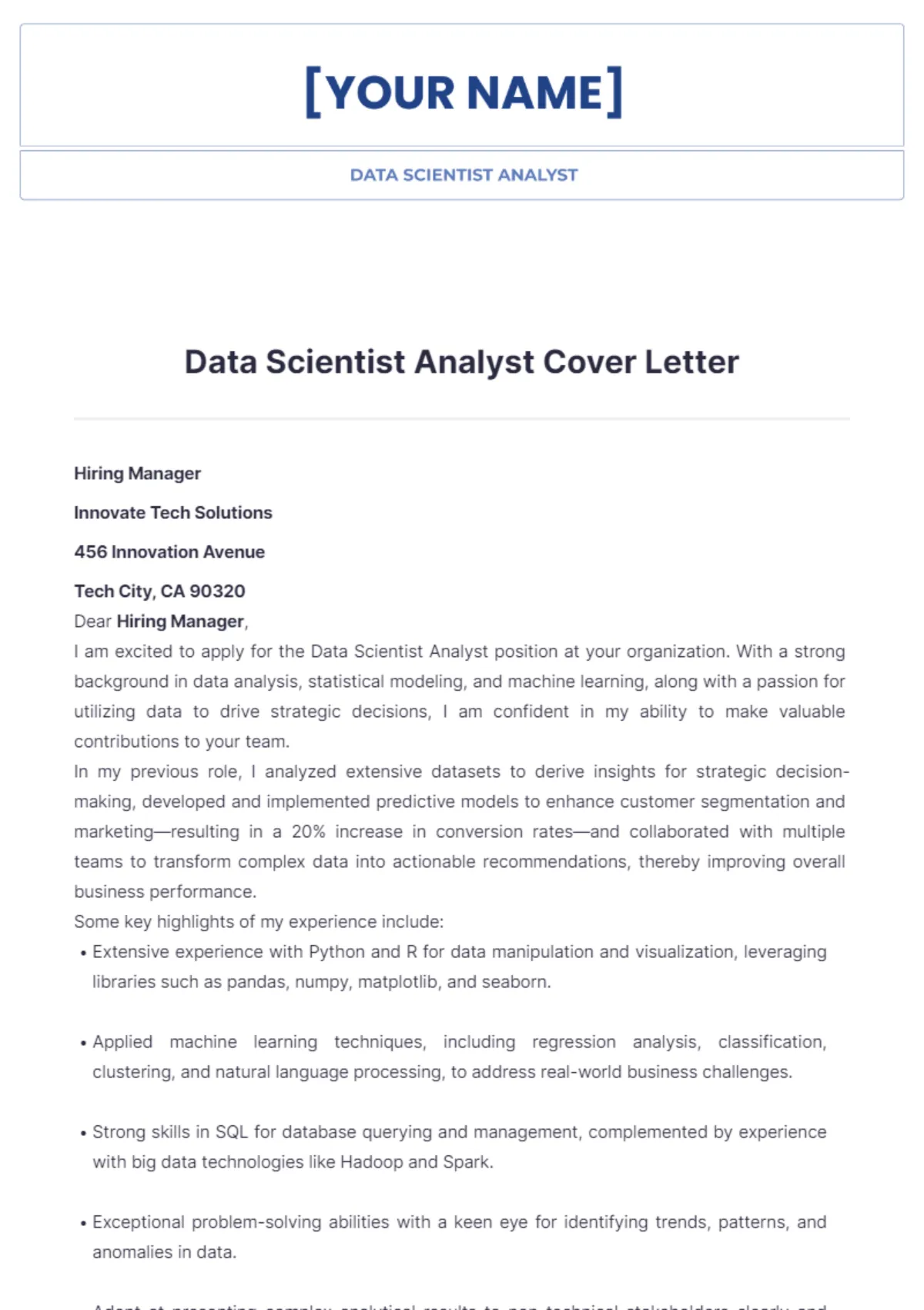
Your header should include your name, contact information (phone number, email address, and LinkedIn profile URL), and potentially a link to your portfolio or GitHub profile. This information should be easily accessible and professional. Ensure your contact information is accurate and up-to-date. This ensures the hiring manager can easily reach you and proceed with the next steps in the hiring process.
Opening Paragraph
In your opening paragraph, state the specific position you’re applying for and where you found the job posting. Briefly mention why you’re interested in the role and the company. This should immediately grab the reader’s attention and encourage them to learn more about you. Expressing enthusiasm and a clear understanding of the role is crucial. Begin with a strong opening that captivates the reader.
Body Paragraphs
The body paragraphs are where you highlight your skills, experience, and accomplishments. Use one or two paragraphs to elaborate on your qualifications, emphasizing skills mentioned in the job description. Provide specific examples of how you’ve applied your skills in past projects or academic settings. Quantify your accomplishments whenever possible. The body paragraphs are the core of your cover letter and are essential for demonstrating your ability and value.
Closing Paragraph
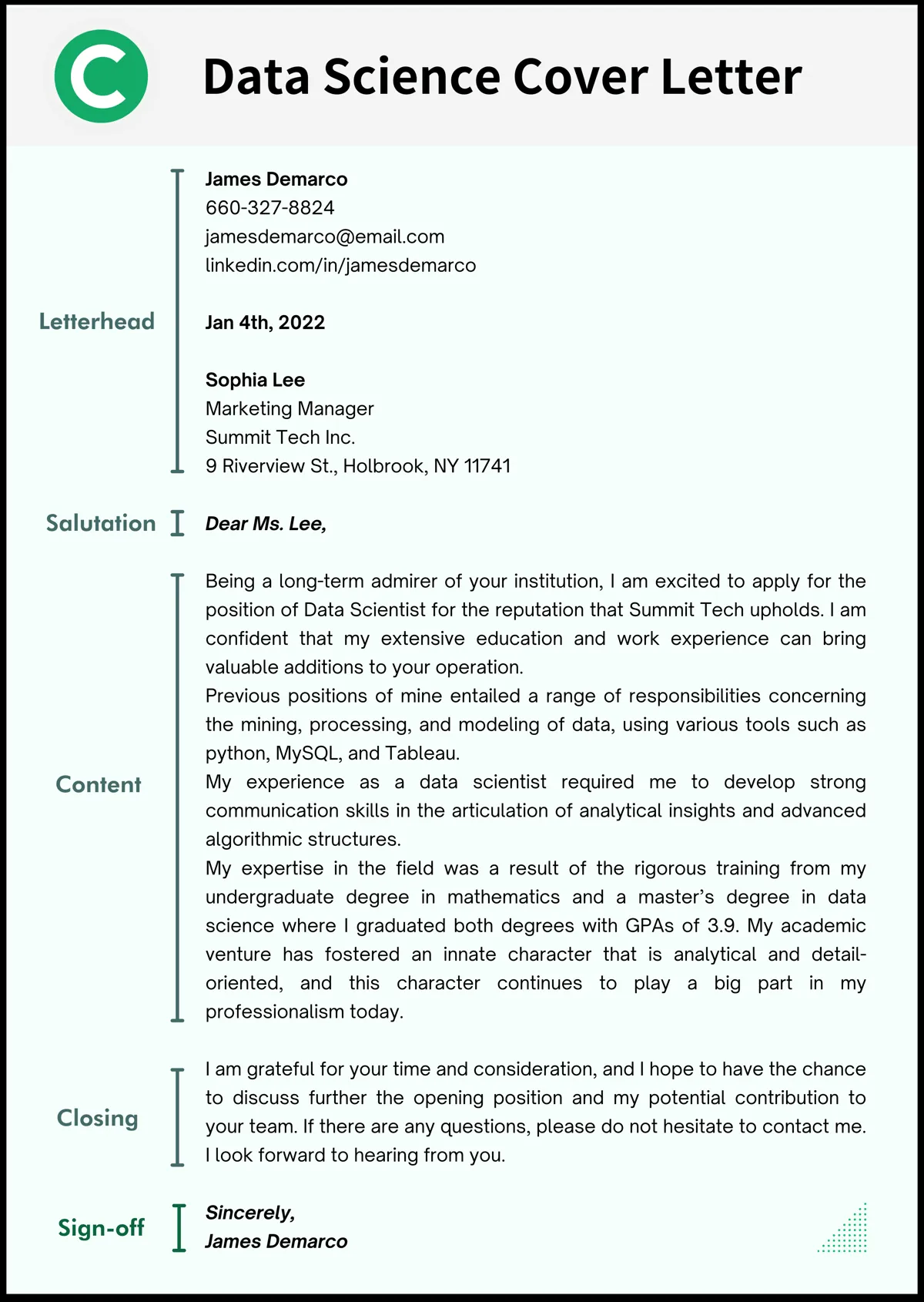
In your closing paragraph, reiterate your interest in the position and thank the hiring manager for their time and consideration. Include a call to action, such as stating that you are available for an interview and look forward to discussing your qualifications further. Keep your closing professional and enthusiastic. This section leaves a lasting positive impression and encourages the hiring manager to take the next step in the hiring process and consider you further.
Proofread and Edit
Before submitting your cover letter, carefully proofread and edit it for any grammatical errors, spelling mistakes, or typos. Ask a friend, career counselor, or mentor to review your cover letter for clarity, coherence, and overall effectiveness. Ensure that the formatting is consistent throughout the document. A polished cover letter demonstrates your attention to detail and professionalism. Thorough proofreading minimizes errors that can negatively impact your application. Proofreading is a critical step for presenting a professional image.
Example Data Scientist Cover Letter Entry Level
Reviewing an example entry-level data scientist cover letter can be extremely helpful. The example should incorporate all the best practices: tailored content, quantifiable achievements, and clear formatting. Use it as a template, customizing the skills and accomplishments to match your own experience. Examples help visualize the structure and content of a successful cover letter.
What to Avoid in Your Cover Letter
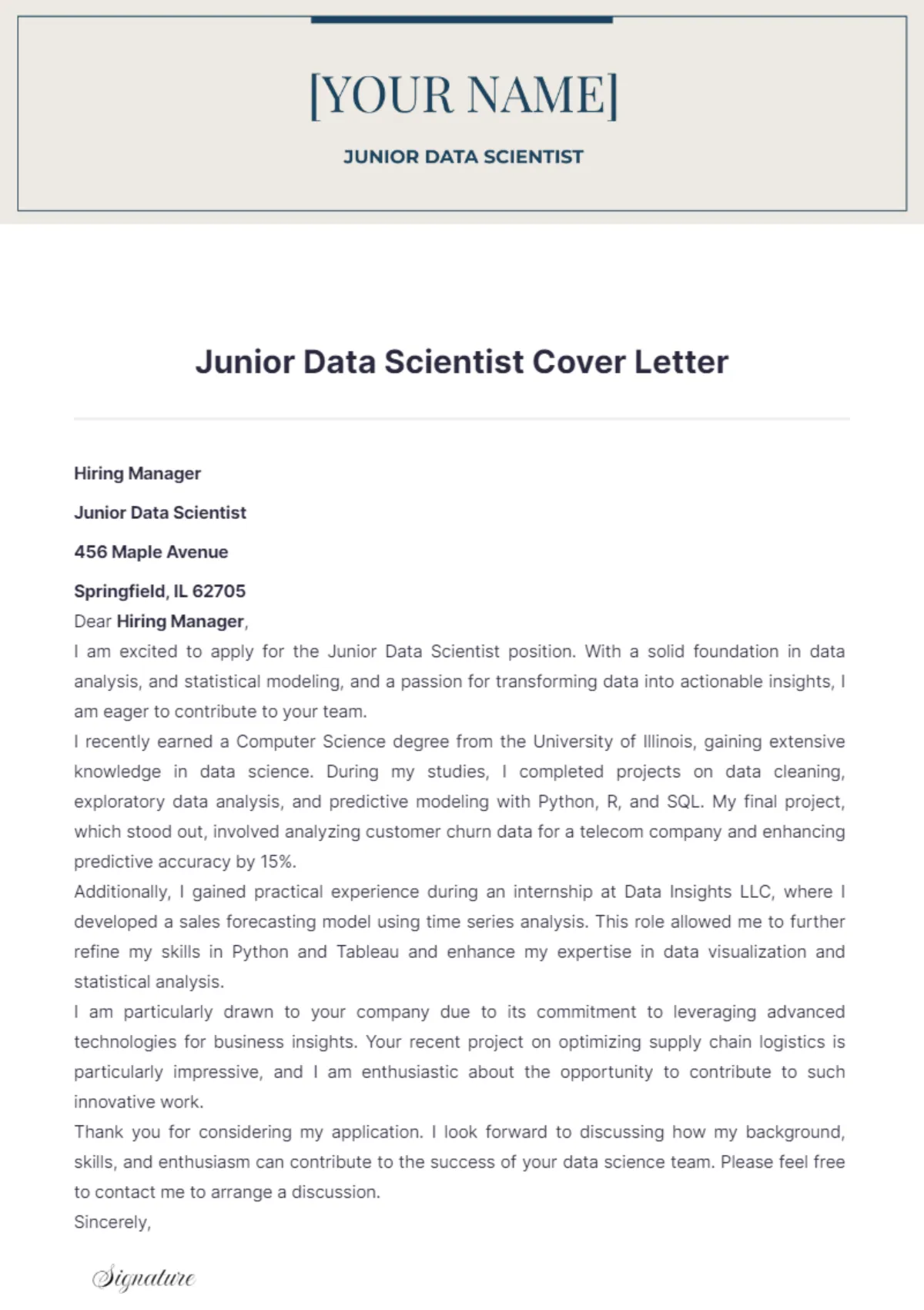
Avoid generic statements and clichés. Don’t simply repeat your resume; elaborate on your skills and experiences to provide additional detail. Don’t include irrelevant information that does not align with the job description or industry. Focus on the skills and experiences that are directly relevant to the data science role. Avoid making negative statements about past employers or experiences; focus on what you have learned and your positive qualities. Don’t oversell your skills; be honest and authentic about your abilities and experiences, demonstrating your suitability for the role.
